7.12.2022

Fifty years ago, tonight, the last humans launched to the Moon. Photo Credit: NASA
When Artemis I lit up the night sky last month, the artificial dawn it created across the Space Coast marked the dawn of a new era of deep-space exploration and reminded many of the last time humans launched from Earth to traverse the quarter-million-miles (370,000 kilometers) to the Moon and back. Fifty years ago, tonight, the combined spacecraft of Apollo 17—Command and Service Module (CSM), “America”, and Lunar Module (LM), “Challenger”—launched from historic Pad 39A at Florida’s Kennedy Space Center (KSC) atop the second-to-last Saturn V for the 20th century’s final manned voyage to lunar distance.
Apollo 17 was the ninth time in four short years that men had voyaged across the immense cislunar gulf to reach our nearest celestial neighbor. And even today, Commander Gene Cernan, Command Module Pilot (CMP) Ron Evans and Lunar Module Pilot (LMP) Harrison “Jack” Schmitt remain the last humans to have departed low-Earth orbit and theirs is the most recent occasion that human feet have touched alien soil.
With Evans having passed away back in April 1990, and Cernan in January 2017, it is a sad footnote of history that only Schmitt—now 87—remains alive from the remarkable crew which flew our longest voyage to the Moon, spent the greatest number of hours upon its surface, performed the longest-ever “Moonwalks” and returned home with the largest haul of lunar specimens. The hands of fate which brought the Apollo 17 trio together has been explored in a previous AmericaSpace article, and on the late evening of 6 December 1972 the last crew-carrying Saturn stood ready on historic 39A for the end of an era.
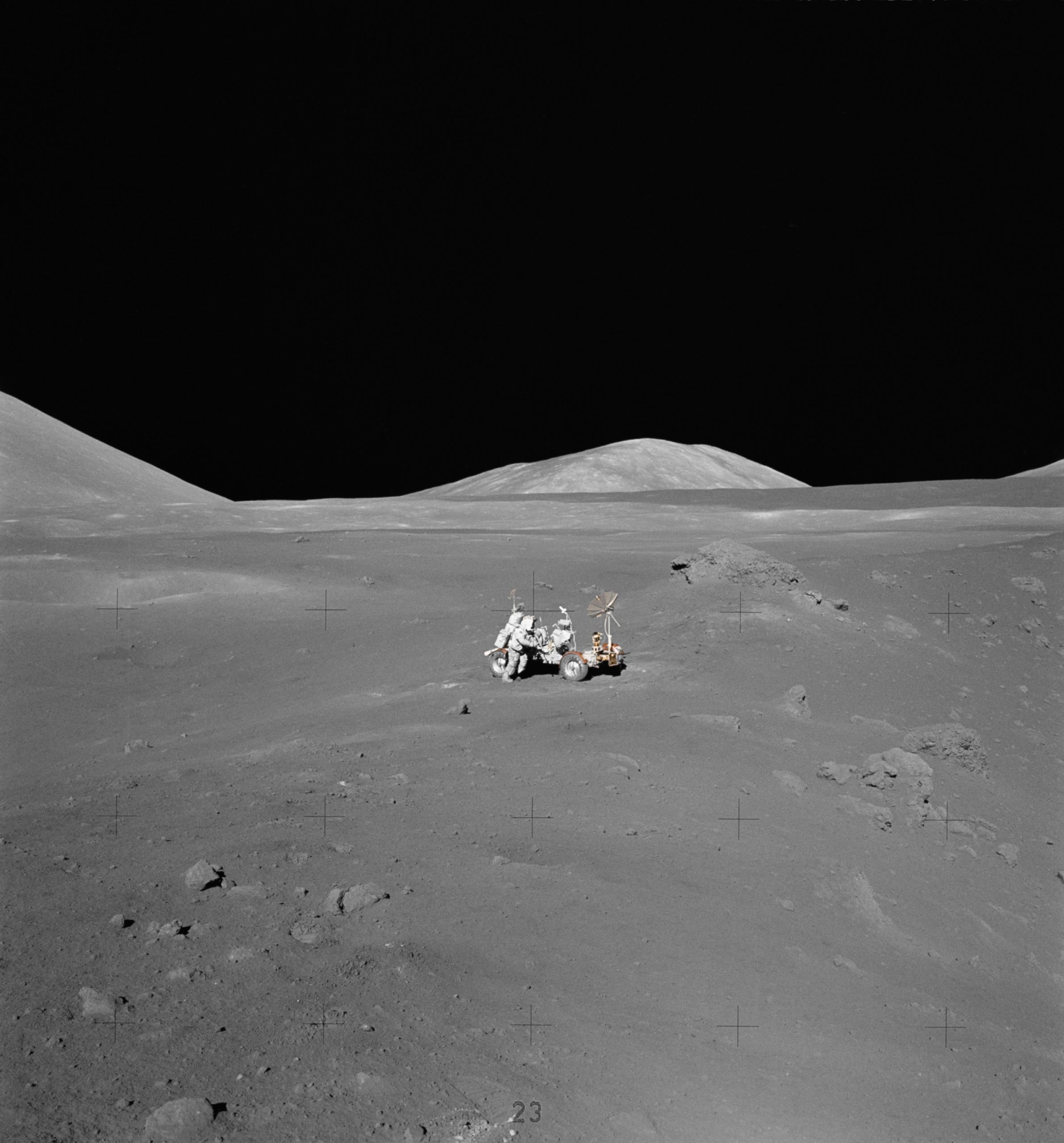
With liftoff targeted for 9:53 p.m. EST, at the start of a four-hour “window”, it would be the first occasion that Americans had launched into space under cover of darkness. That feat would not be repeated until the early years of the Space Shuttle Program, more than a decade later, and it brought its own unique suite of difficulties.
“That in itself was a real challenge,” Cernan later recounted of the first U.S. night launch. “Your options in case you had a problem or an abort or whatever at night are cut in half. I’m a naval aviator. Landing aboard ship in the daytime is a very challenging experience. At night, it’s just you and your maker.”
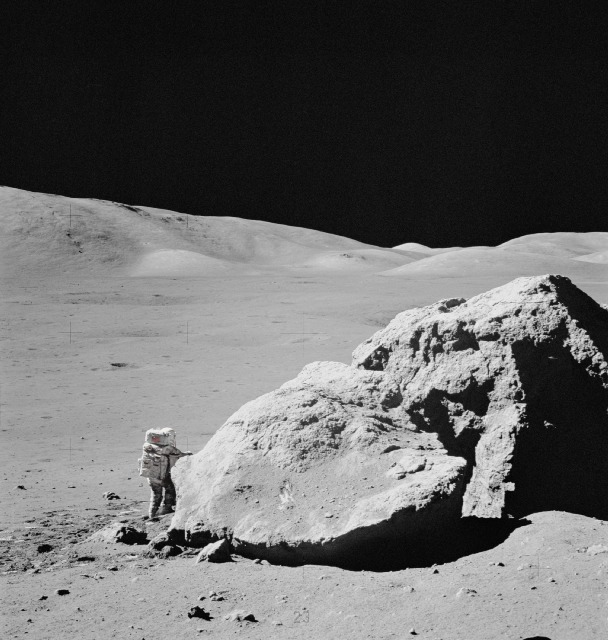
Clad in their snow-white space suits, the three astronauts departed KSC’s Operations & Checkout (O&C) Building at nightfall for the bus ride to Pad 39A. Once there, they were ensconced in their couches aboard the command module, which teetered atop the 363-foot-tall (110-meter) Saturn V.
Countdown operations that Wednesday night proceeded without incident and at T-50 seconds the mighty rocket transitioned its flight systems to Internal Power. Then, with only a half-minute remaining in the count, the automated launch sequencer on the ground hit a glitch when it failed to properly command the oxygen tank of the rocket’s third stage to pressurize for flight.
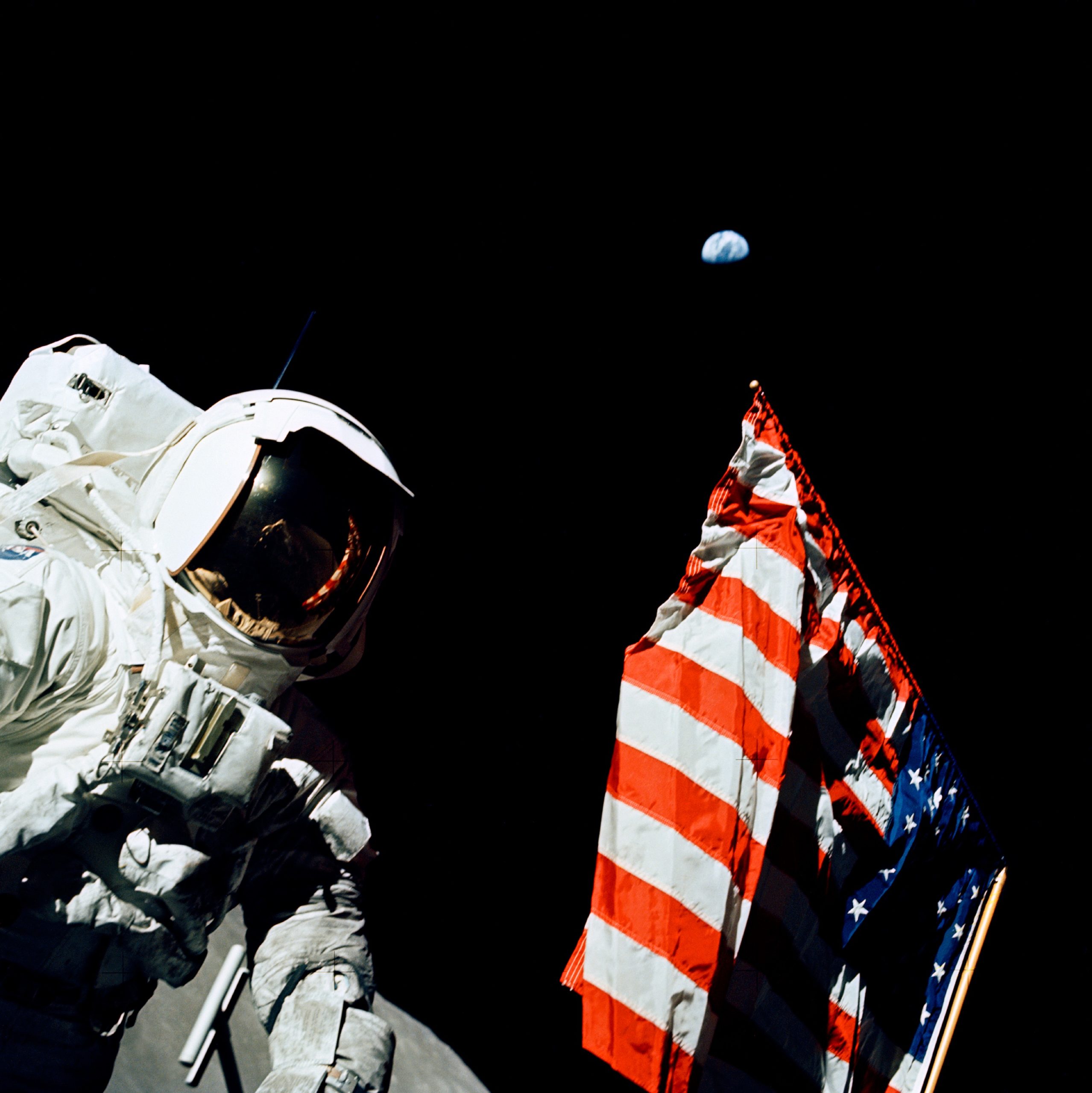
Efforts by the launch control team to issue the command manually came to nought, since the sequencer “knew” that it had not sent the command and refused to proceed. The irony was not lost on the crew. “Everything was fine, but the computer didn’t know it,” Schmitt later told the NASA Oral History Project. “When they went through the final sequence, the computer saw that the signal hadn’t been sent and it said Hold.”
From the commander’s seat on the left side of the command module, Cernan was perplexed. Pre-flight checkouts of both Apollo 17 and the Saturn V had gone smoothly and to the best of his knowledge, the tanking of the rocket’s third stage had returned a “Go” status: his displays showed temperatures and pressures to be entirely nominal.
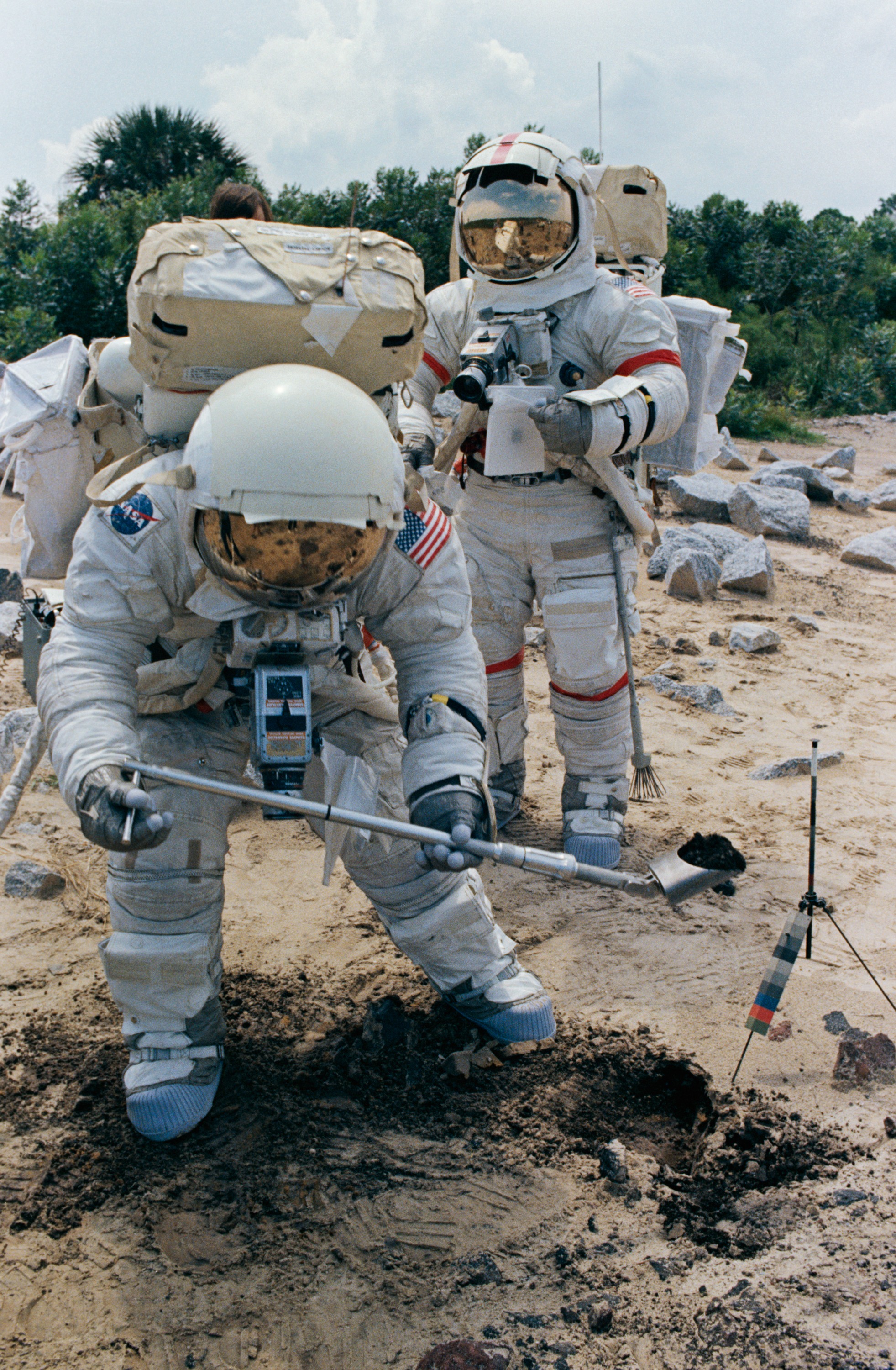
None of the crew wanted a scrub, for missing the overnight launch attempt on 6/7 December 1972 meant a month-long delay before another try could be made. The next suitable lunar launch window occurred between 4-6 January 1973, followed by a lapse of another month before a handful of opportunities arose in early February.
“You certainly don’t want to recycle for another month,” Schmitt was later quoted in the Apollo Lunar Surface Journal. “That was the first thought we had on the launch pad…was that, well, let’s hope that we don’t have to go through this for another month.
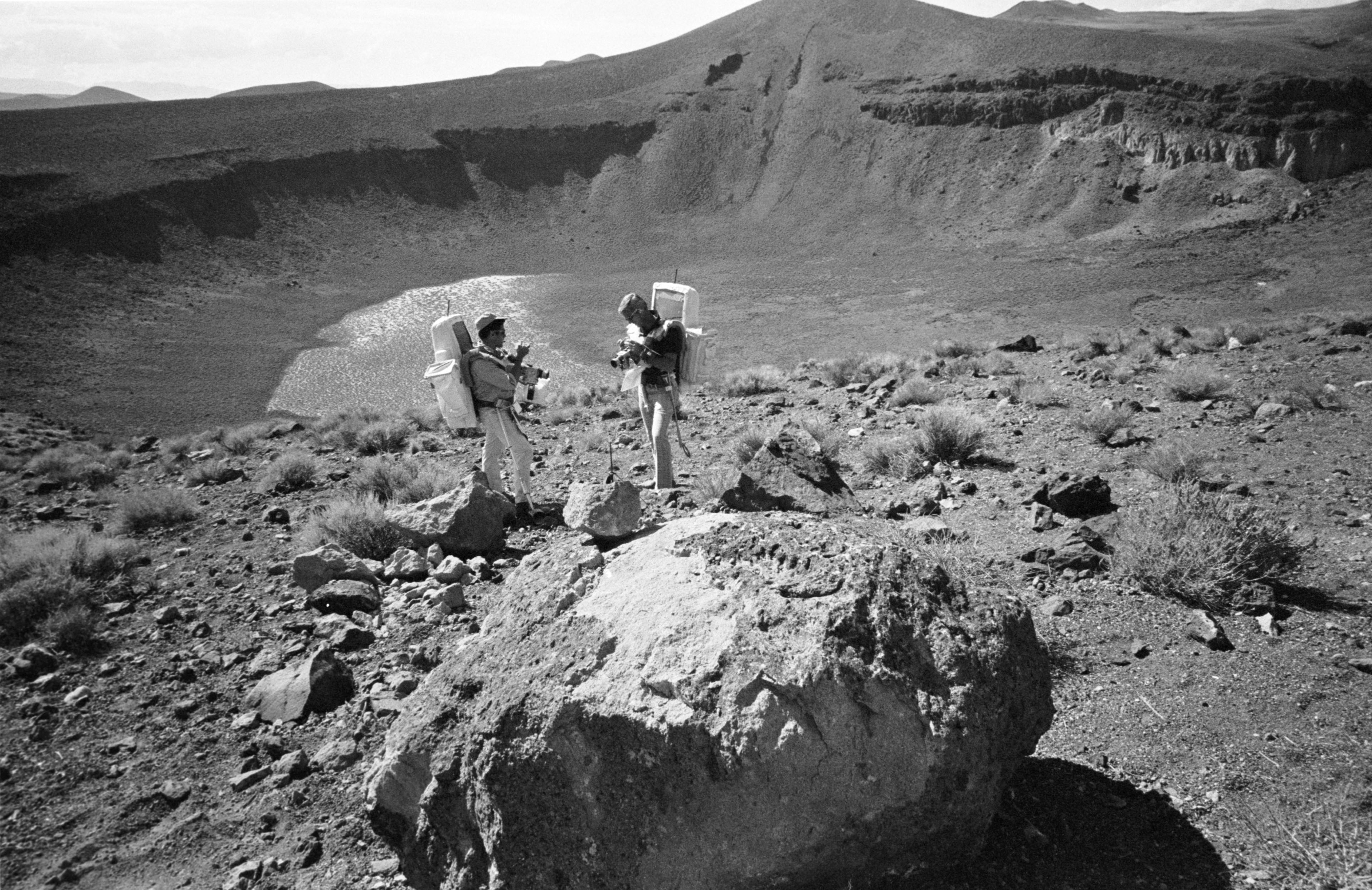
“You would’ve gotten into it and done it and never noticed the difference,” he acquiesced. “But, still, at the immediate point of being ready to launch, you’re ready to launch. There’s no question about that!”
At length, Spacecraft Test Conductor Clarence “Skip” Chauvin radioed the crew that the countdown clock was being recycled to T-22 minutes to await a resolution of the problem. Hearing Chauvin’s reassurances (and having worked extensively with him during training), the crew’s fears of an impending launch scrub was duly assuaged.
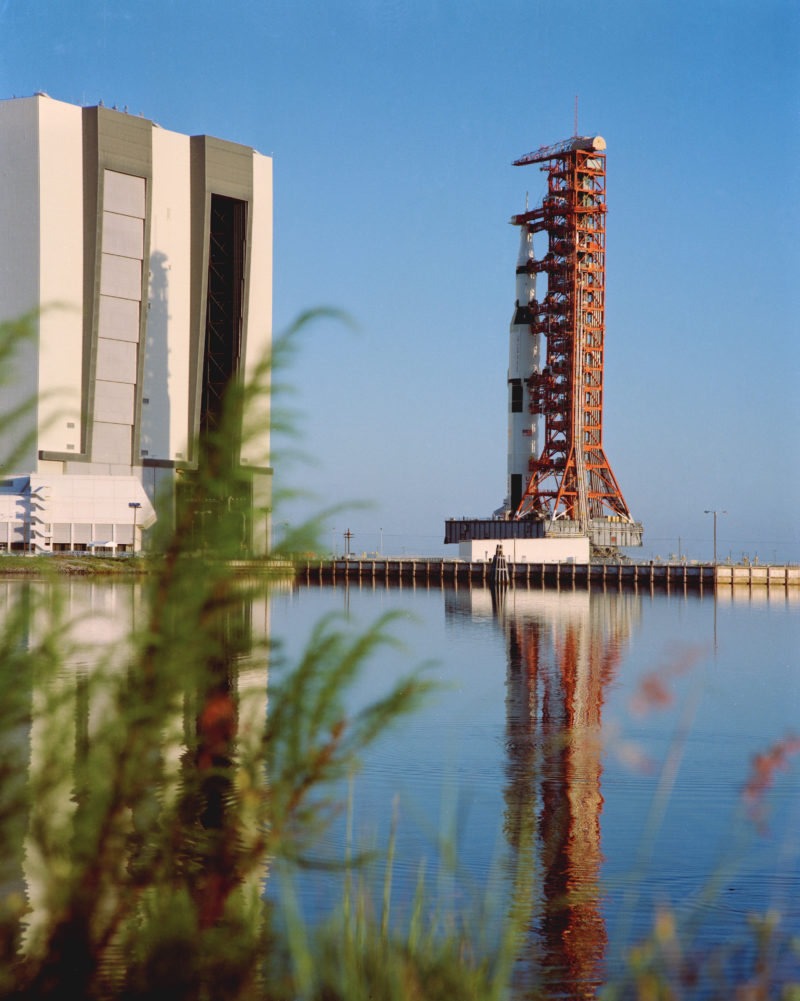
And as the gently hum of Apollo 17’s air-recirculating fans provided their own lullaby, Schmitt fell asleep. Several miles away, in the firing room of the Launch Control Center (LCC), Apollo Program Director Rocco Petrone briefed U.S. Vice President Spiro Agnew and NASA Administrator James Fletcher, both of whom were in Florida for the Apollo 17 launch, on the status of the problem and its resolution.
With the launch window set to close at 1:31 a.m. EST on Thursday 7th, time was against them. The countdown clock picked up at T-22 minutes a little after 11 p.m. EST on Wednesday 6th and continued ticking toward another hold at T-8 minutes. During the hold, Cernan took a moment to thank the NASA and contractor workforce for their hardware, their help, their prayers “and everything else that goes into making a good mission”.
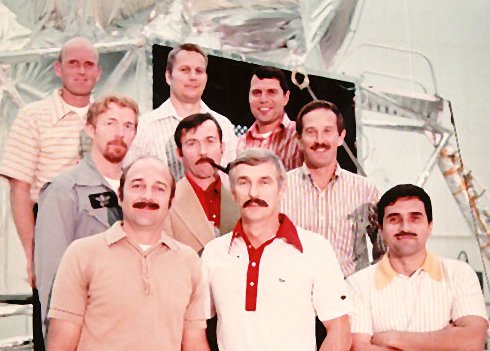
But as engineers at NASA’s Marshall Space Flight Center (MSFC) in Huntsville, Ala., labored on a “breadboard” mockup of the hardware to rectify the third-stage pressurization glitch, Apollo 17’s hold time was extended again and again. By now well past midnight, the 1:31 a.m. EST closure of the window loomed large in many minds. A scrub, though unwelcome, was becoming a likely possibility.
Then, at a quarter past midnight, with clocks holding at T-8 minutes, a decision was made to resume counting at 12:25 a.m. This would lead to a revised T-0 at 12:33 a.m.
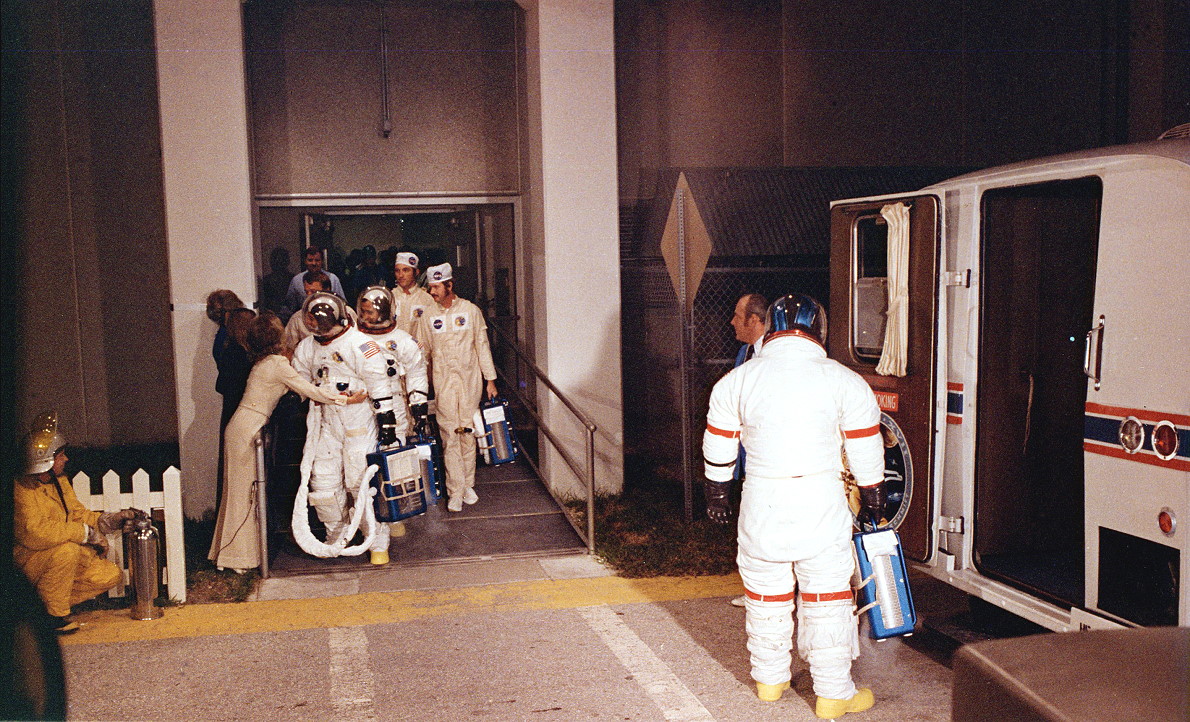
“The tests being run…at the Marshall Space Flight Center…indicate that our system is good, the way it has been reconfigured,” intoned the Public Affairs Officer (PAO). “All elements now during this ten minutes will be preparing their various systems to pick up the clock at the T-8-minute mark…We just received a “Go” from the Superintendent of Range Operations, indicating that the range has been cleared around the new flight azimuth.”
Right on cue, clocks resumed counting at 12:25 a.m. The minutes ticked agonizingly away. At T-45 seconds, Cernan completed the final guidance system alignment, expected to be the commander’s last action aboard Apollo 17 before liftoff.
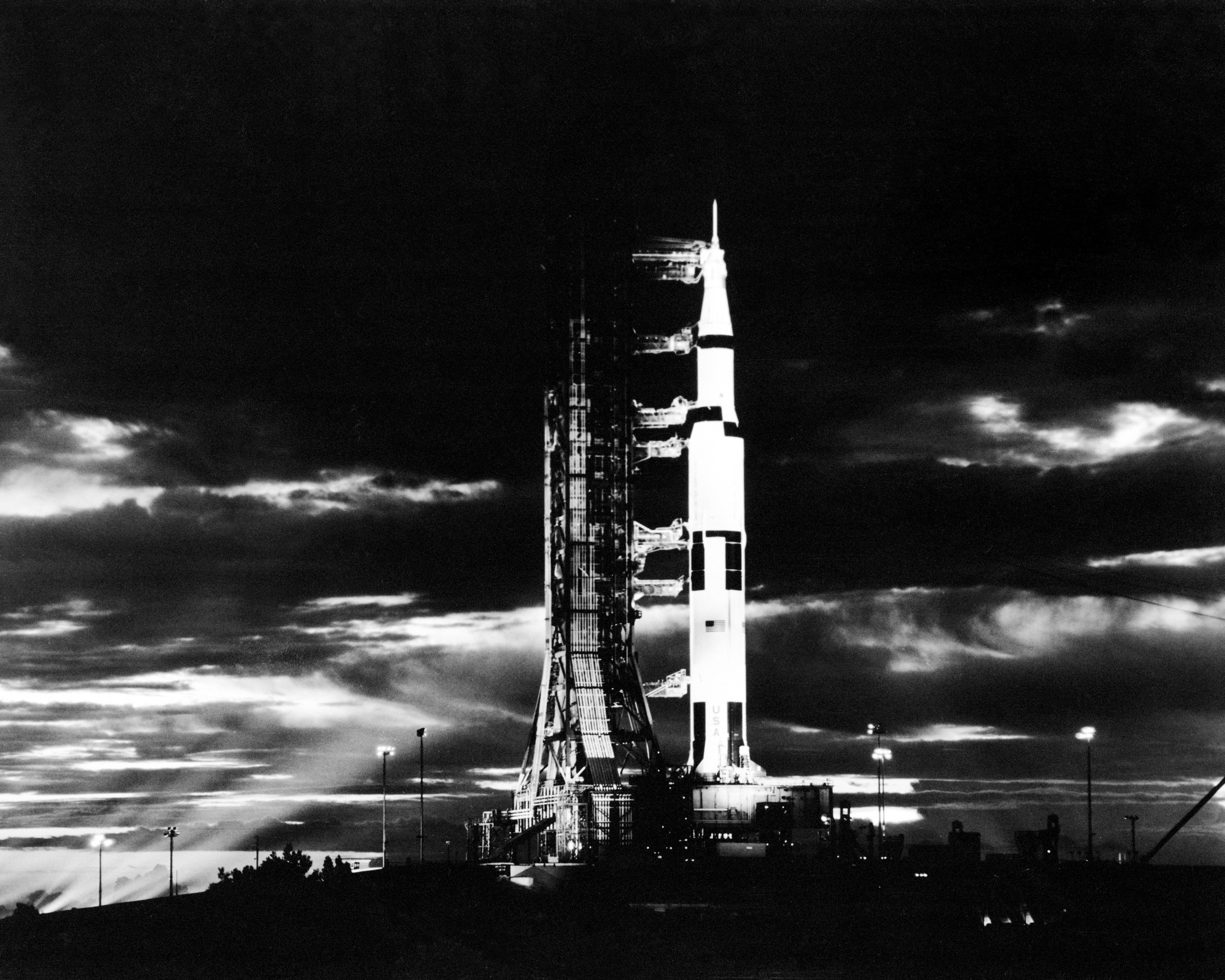
From Mission Control in Houston, Texas, Capcom Bob Overmyer notified Cernan of the countdown milestones as the seconds fell away from double into single figures. Finally, at T-8.9 seconds, the five F-1 engines of the Saturn’s S-IC first stage roared alive.
“You could feel the ignition,” Cernan recounted later. “You could feel the engines come up to speed. Just prior to liftoff, and during the first few seconds of liftoff, both [Evans] and I could see the reflection of the engine ignition out the left-hand window and the hatch window in the [rocket’s boost protective cover]. We could see a red glow through the windows, reflecting apparently off the surface.”
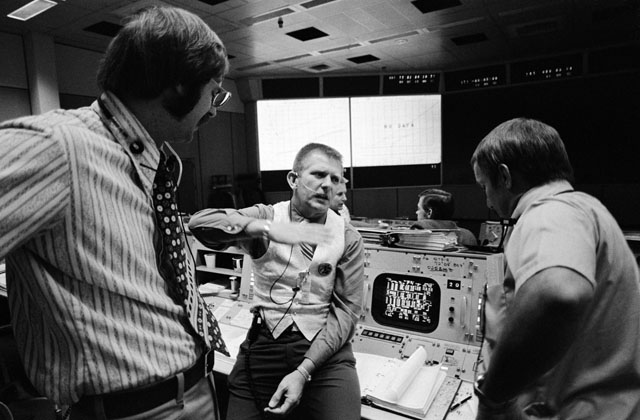
In his post-mission debrief, Cernan likened riding the mighty Saturn during first-stage ascent to “a big ol’ freight train, sort of starting to rumble and shake and rattle”. He had flown the behemoth before, on Apollo 10 in May 1969, whilst both Evans and Schmitt were embarking on their first missions to space.
“Look at the light!” exclaimed Cernan, as the darkness of the slumbering midweek Florida Coast instantaneously morphed into an artificial sunrise. “Woohoo!” came Evans’ unbridled shriek of delight, as Schmitt added his own “Wow…woozle!” as the Saturn cleared the tower and ponderously began to climb.
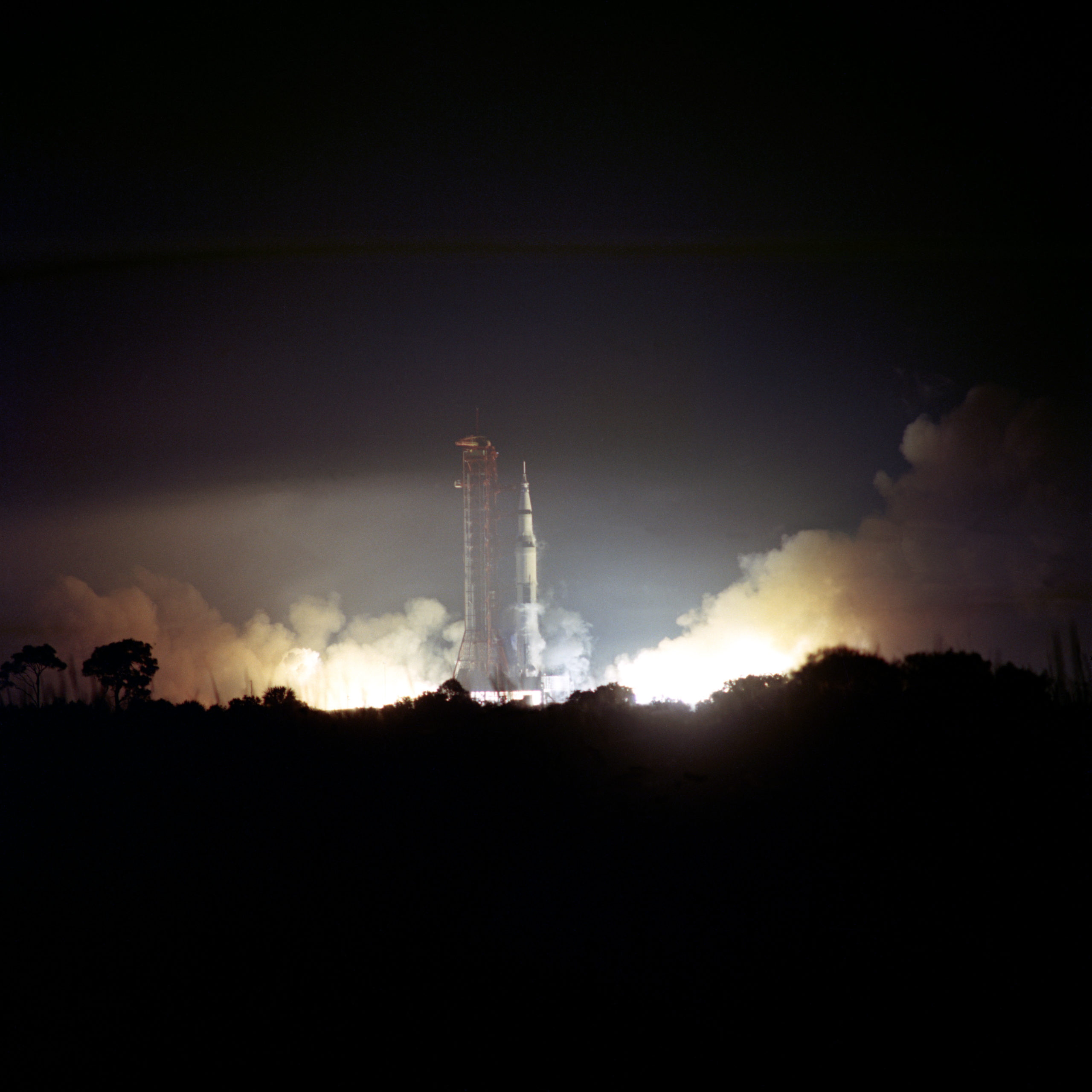
Due to the nocturnal nature of the launch, Cernan, Evans and Schmitt had turned up the lights inside the command module. That afforded them a relatively limited perspective of the fireshow that was happening all around them.
From the ground, there was no doubting what was going on. Before launch, PAO Jack King had reported that the liftoff would produce approximately 7,500 foot-candles, or 80 lumens per square meter, from the flame of the first-stage engines. “This,” he told his rapt audience, “is almost equivalent to daylight”.
But as launch unfolded for real, despite those reeled-off statistics, King was awestruck by what he saw. “It’s lighting up the sky,” he cried. “It’s just like daylight here at the Kennedy Space Center!”
Ten minutes later, with that daylight having diminished back to darkness, Apollo 17 reached low-Earth orbit and the first pieces were in place for humanity’s last voyage to the Moon in the 20th century. And fifty years on, with NASA’s Orion spacecraft and European Service Module (ESM) now homeward-bound from a spectacularly successful three-week mission, hopes of humans returning to lunar distance in the near future is rekindled.
Quelle: AS
